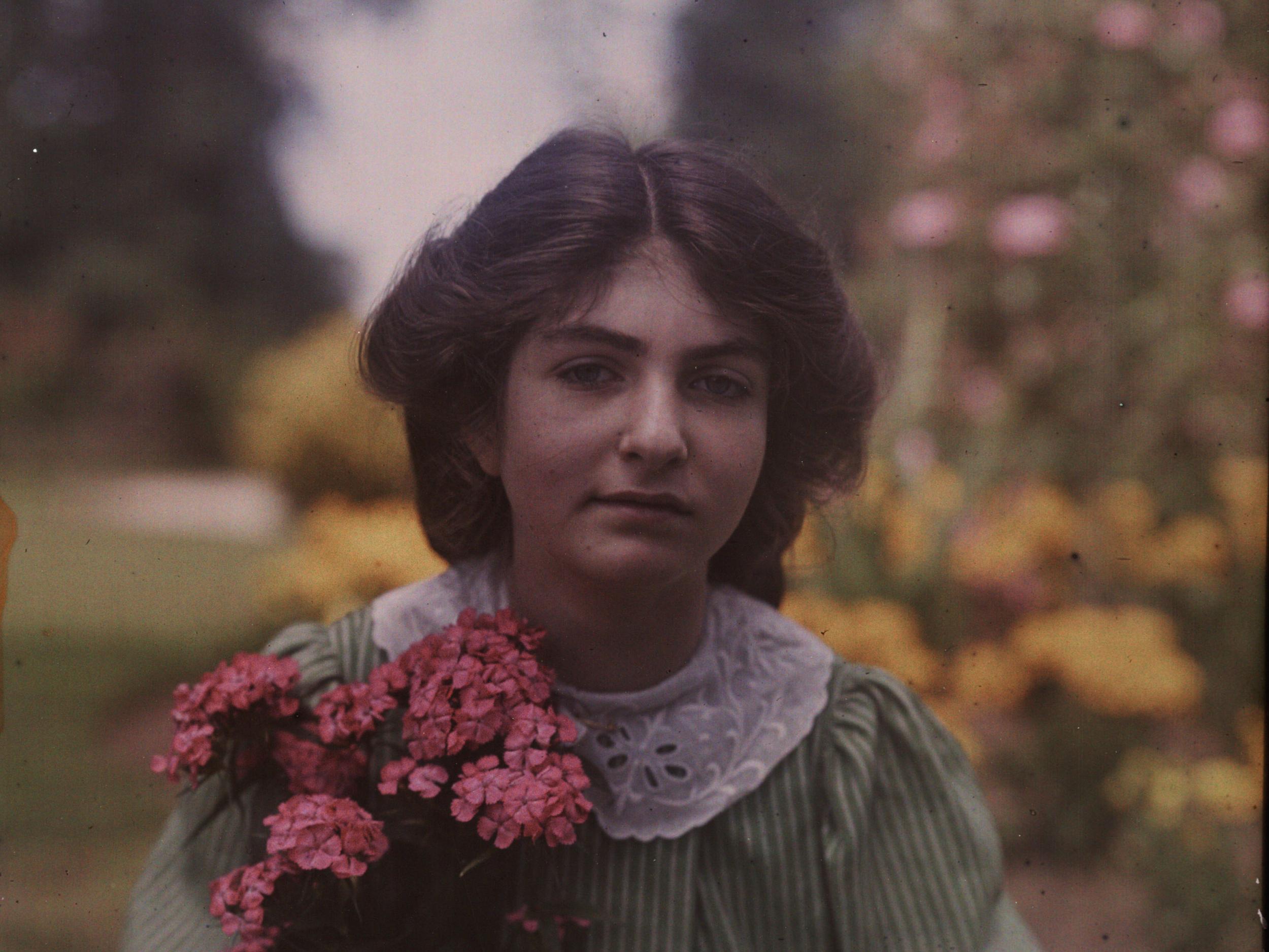Autochrome Lumiere: The oldest colour photos ever were made using potato starch
The technique gave images a dream-like aesthetic

The world’s oldest colour photographs created using potato starch will transport you to another era.
Pioneers of their time, brothers Auguste and Louis Lumière made history in 1907 by transforming the world of black and white photography into colour using their new invention – Autochrome Lumière.
Before then, colour photography remained in its infancy and the process was clumsy and complicated.
However, their new technology quickly took the world by storm to become the first viable method of creating images in colour.
Extremely time consuming, the method involved covering a glass disk with a thin wash of potato starch grains dyed red, green and blue to create a filter.
After adding a thin layer of emulsion, the plate was flipped and exposed to light over a long period of exposure. The light being reflected through the coloured starch would then be impressed on the photo and relay real-life hues.

Having made the Autochrome Lumière technique portable, the brothers' invention meant that photographers could travel all over the world and capture images of cultures never seen in colour before.
From intimate portrait photography to images of children playing in the desert and harsh experiences of the First World War, this was the very first time images could be viewed as they were in reality.

Some of the world’s most influential photographers adopted the method including Alvin Langdon Coburn who used it to immortalise famous names in history including French artist Henri Matisse, author Mark Twain and playwright George Bernard Shaw.
Others captured the wonders of the world from the Pyramids of Egypt and King David’s Tower, to the coronation of the Monivong, the King of Cambodia in 1928.
Despite its ingenuity, the Autochrome Lumière technique became less frequently used from 1931 when Kodachrome evolved as a more efficient method for colour photography.

Join our commenting forum
Join thought-provoking conversations, follow other Independent readers and see their replies
Comments
Bookmark popover
Removed from bookmarks